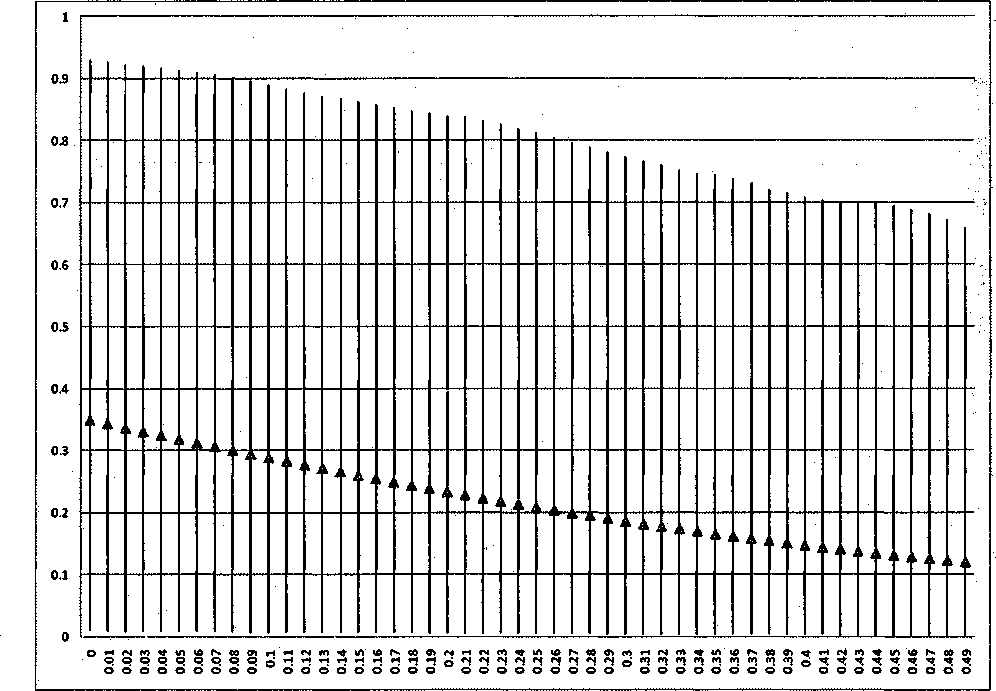102
verification be interpreted, again, as evidence that resources in hands of legislators do
not let them aspire to relevant spots? Or should we think more on the concomitant
increase in the competition for big municipalities' races, which demand more money,
pork, advertisements and supporters? A combination of both might be a reasonable
argument, which, in any case, deserves deeper future studies.
Figure 7.2: Predicted Probability of Municipal Victory - By Share of
Provincial Population

Finally, and not surprisingly, hypothesis 8.5 is also verified in this model. As
seen in the static distribution, former mayors are highly unlikely to recover their past
positions when they attempt to do it from the House. In this case, even though former
More intriguing information
1. Non Linear Contracting and Endogenous Buyer Power between Manufacturers and Retailers: Empirical Evidence on Food Retailing in France2. Pass-through of external shocks along the pricing chain: A panel estimation approach for the euro area
3. Special and Differential Treatment in the WTO Agricultural Negotiations
4. Kharaj and land proprietary right in the sixteenth century: An example of law and economics
5. Environmental Regulation, Market Power and Price Discrimination in the Agricultural Chemical Industry
6. Evidence-Based Professional Development of Science Teachers in Two Countries
7. The name is absent
8. On Evolution of God-Seeking Mind
9. Job quality and labour market performance
10. Informal Labour and Credit Markets: A Survey.